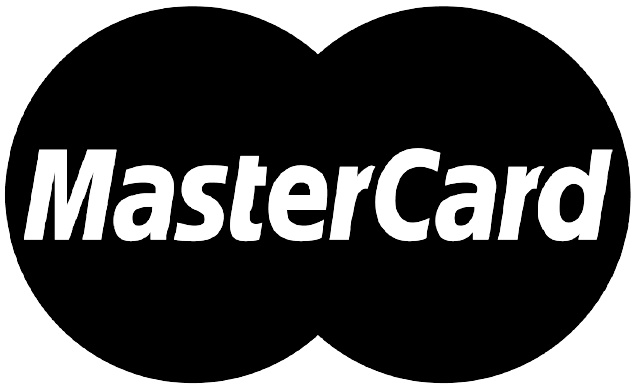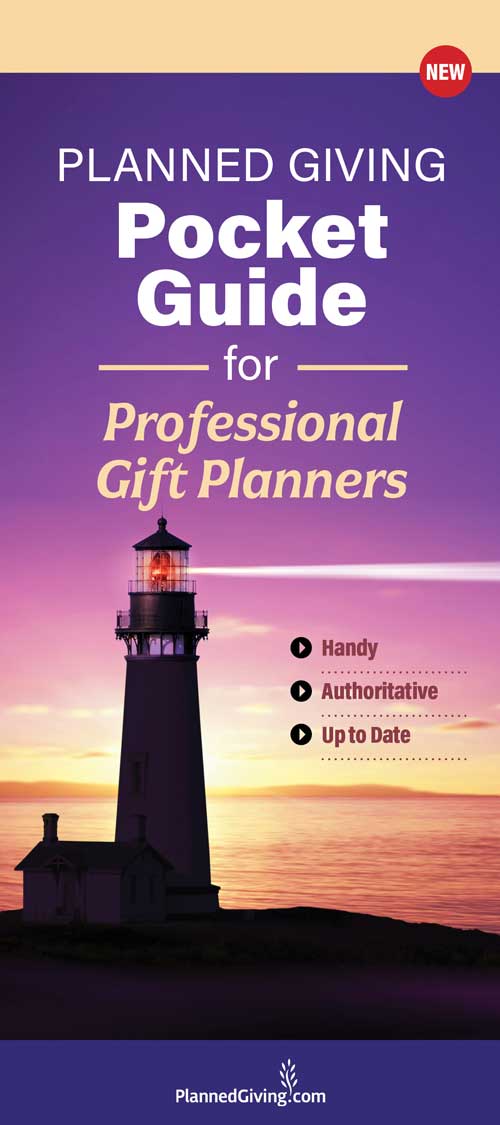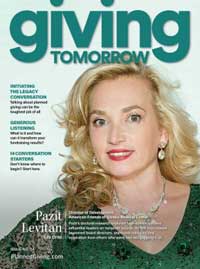Minor Steps, Major Wins: Securing Major Gifts through Planned Giving
“I’ve got a golden ticket!”
Charlie Bucket and his Grandpa Joe sing while dancing around their shoe-box sized apartment, anticipating the magical adventure they’ll now be embarking on in Willy Wonka’s ever-illusive chocolate factory. If you’re a nonprofit in the United States today, Charlie’s gleeful anthem is one that you’re probably familiar with anytime a major gift – the power player of any fundraising department – finally makes its way through your nonprofit’s door.
But identifying prospects for, cultivating, and soliciting major gifts can be grueling. While some donors may be swift to write a large check, most take months, maybe even years, to be convinced that your nonprofit’s cause is as worthy as you claim it is. Throw in the stress of a tiny staff or the cost of raising major gifts against a tight budget, and raising these donations can often begin to feel like a waste of precious time and energy.
What if we began to look at major gifts from a different lens? What if there was a strategy for securing these gifts that was more straightforward, less expensive, and easy to implement? No strategy is perfect and totally depends on your specific nonprofit – but investing in and implementing a robust planned giving strategy is an excellent way to set your nonprofit up for major giving success. Seeking major gifts through a robust planned giving program can actually be a much less intimidating, time-consuming and expensive strategy than cultivating, stewarding and soliciting ‘real-time’ major gifts.
[block id=”postad-mgt-and-paper”]
[gap]
Why Should I Care about Planned Gifts?
In short, planned gifts matter so much because they are the largest form of a major gift that your nonprofit can receive. Though your nonprofit won’t receive a planned gift right away, a planned gift helps a donor continue his or her legacy and proves that your nonprofit is worthy of loyalty and trust. Moreover, planned gifts are worth your investment because they are a way to raise major gifts in small, achievable steps over time. Typically, a planned giver is already a recurring donor (monthly donors are actually six times more likely to leave you in their will), so investing more time in your recurring donors is a great way to increase the likelihood that more recurring donors will give in larger sums later on in life (or after life). Likewise, planned givers are often those who are engaged with your organization throughout their lives in some way beyond financial contributions. So, knowing who to talk-up at events, board meetings or volunteer days is another way to make strides in your planned giving, and therefore, major gifts program outlook.
Minor Steps, Major Wins
It may be clear that planned giving is worth the time and investment. But how does one begin to develop a planned giving program that will lead to major gifts down the line? Can receiving planned gifts and eventually, major gifts, actually be that straightforward? Here are some simple steps for building a planned giving program that will allow your nonprofit to win big in the future.
- Identify Who Your Planned Giving Prospects Are. Know that regular major gifts prospects aren’t always planned gift prospects, and learn ways to identify one from the other. To start as small as possible, begin by turning to your recurring giving program. As mentioned above: recurring donors are six times – SIX TIMES – more likely to leave you in their will than is a donor who gives sporadically. Build and run the report, and you’ll be able to identify who’s given every month, most every month, and how much. Who was a recurring donor at one point, but then stopped giving so regularly? Who has been a recurring donor of the same amount for some time, but has the capacity to increase this giving? The clues are in the data.
- Become the Planned Gift Expert, and Educate your Planned Giving Prospects. How can you expect a donor to want to give a planned gift if you’re not knowledgeable about the ins and outs of this form of philanthropy? A planned gift is any major gift, made in lifetime or at death as part of a donor’s overall financial and/or estate planning. These include gifts of equity, life insurance, annuities, real estate, retirement plans, personal property, or cash. Understand these forms so that when your donor approaches you with questions, you can answer with confidence and instill a sense of trust.
- Engage your Planned Giving Prospects. Once you’ve identified your planned giving prospects, it’s all about the engagement. Far too many nonprofits simply ‘thank’ their recurring donors, but fail to realize the rich opportunity that may exist within the wallets of these regular givers. Consider simply asking your donors about their interest in planned giving through an engagement survey, or by including an interest checkbox on the reply form of the physical mailers you send out. Do your planned giving prospects actually know what a planned gift is? Include note of your nonprofit’s ability to receive planned gifts any chance you get – on your website, in regular gift acknowledgment letters, on newsletters, in social media, and beyond.
- Start Small, and Win Big. Introducing the idea of planned gifts to prospective donors – for example, those that have been giving for quite some time – does not have to be an intimidating process. Pose planned gifts to the donor as a simple, straightforward opportunity to leave their legacy forever in the name of a cause they care about most. Who doesn’t love to plan, especially when it comes to our finances? Arranging a gift for the future is a way for the donor to organize their assets and make decisions regarding what they plan to do with their money, ahead of time. When the time comes, start small: consider asking for 1% of their estate, or even 0.5%. Put yourself in the donor’s shoes (and financially concerned mind!) and everything else will fall into place.
Real-time major gifts are indeed a powerful, necessary hallmark of any nonprofit organization – but there is more to fundraising than the ups and downs of a major gifts strategy. Next time you’re charting out major gifts prospects or planning your next glamorous capital campaign, remember to invest in the smaller steps that a robust, sustainable and successful planned giving program often requires. Start small, and there may very well be major returns coming your way.
Dive into planned giving at our Planned Giving Boot Camp and learn the secrets of becoming a great nonprofit leader at our academy.






